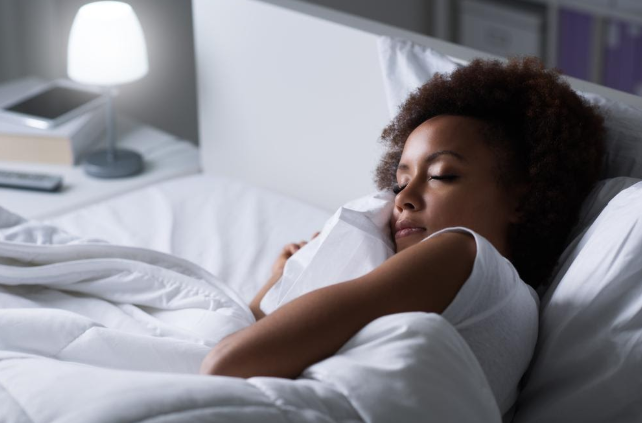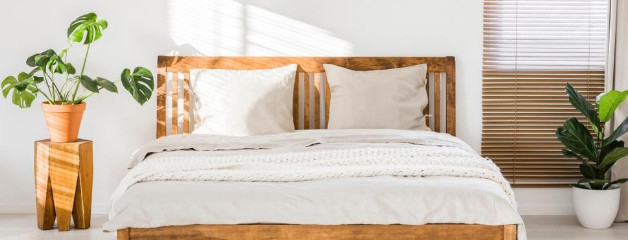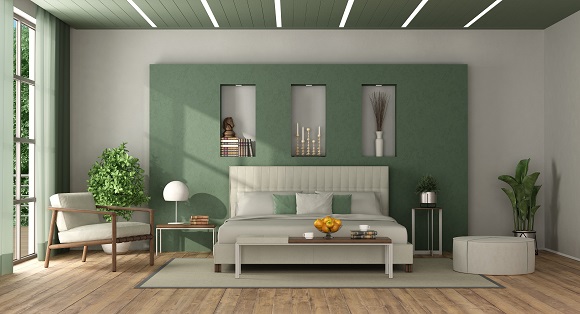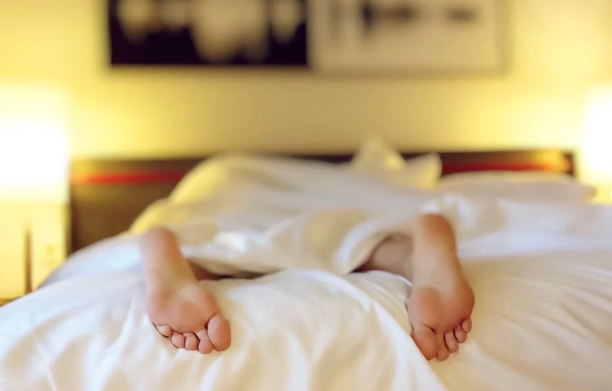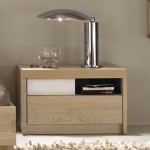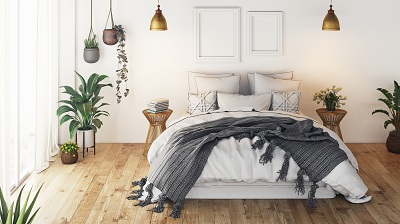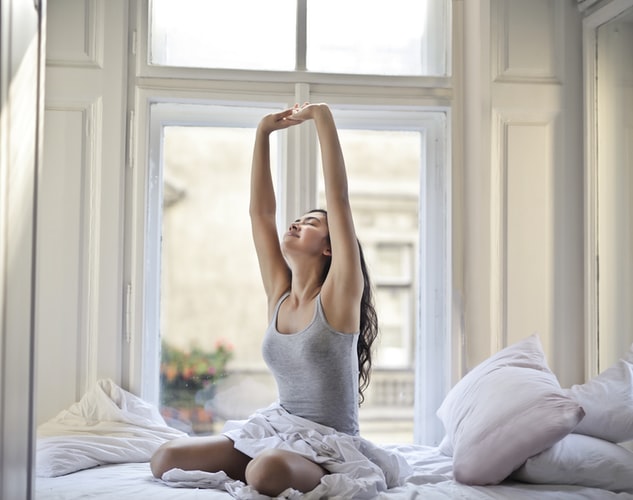A good night’s sleep is essential to having a productive and energized day. We’ve all had those nights where we’ve tossed and turned for hours on end, praying to the sleep gods for just an ounce of shuteye. Then, the next day we feel like a troll under a bridge with no motivation or energy to do anything.
One bad sleep can disrupt your entire sleep cycle, which is why it’s crucial you sleep in an environment that promotes sleeping and keeps you at rest throughout the entirety of the night. Stress, noises, and discomfort are just some of the factors that can keep you up at night. To make your bedroom more sleep-friendly, implement the tips below to create a sleeping sanctuary.
Find a comfortable mattress
Your bedroom is called a bedroom because it’s a room where your bed goes. Pretty simple, right? That means the main piece of furniture, a.k.a. the bed, should be of premier quality. An uncomfortable mattress that digs into your back or makes loud noises will leave anyone wide awake at night. That’s why you need to find the right mattress that works for you.
The upfront cost of mattresses can be quite expensive. However, it’s important to remember that mattresses have a long lifespan, well over ten years. Plus, having a comfortable mattress will make every day of those ten years worth waking up for.
As you head on over to your mattress supply store or browse online to choose a mattress, you’ll come across four common types of mattresses: innerspring mattresses, memory foam mattresses, hybrid mattresses, and adjustable beds. Take a look at each type of mattress below that can help improve your sleep:
Innerspring mattresses: When you first think of a mattress, this is most likely the first one to come to mind. Innerspring mattresses are comprised of individually wrapped springs or coils that are covered by padding. However, these mattresses wear out more quickly, are noisy, and tend to sag as they age.
Memory foam mattresses: In the late 1960s, NASA created memory foam for the helmets of pilots. Today, that same memory foam is used in a variety of products, such as shoes, chairs, and mattresses. Memory foam has low motion transfer, which means you won’t feel your partner move in the middle of the night, can adjust to the contours of your body for premier comfort, and has excellent breathability to keep you cool.
Hybrid mattresses: If you’re used to the traditional feel of an innerspring mattress but want a little more comfort and less noise from squeaky springs, go with a hybrid mattress. Hybrid mattresses blend the best of innerspring and memory foam mattresses. The base had individually pocketed springs, with the top and filling made from memory foam—a win-win!
Adjustable beds: Adjustable beds do exactly what they say they do—adjust! Memory foam and hybrid mattresses can be fitted to an adjustable bed base, and offer many benefits. An adjustable bed can improve breathing, digestion, and circulation, reduce pain, and make it more comfortable to watch TV or read a book in bed.
Declutter your room
Next in line is decluttering and cleaning your room. Studies have found that sleeping in an unorganized room can spike stress and anxiety levels, which can make it harder to fall asleep at night. For a minimalist bedroom design, keep things simple and only keep your essentials. Investing in a modern wardrobe to hide your clothes and accessories is a great way to keep garments and other items out of sight. You can also search for under bed units to store items such as shoes and other larger items.
Buy houseplants
Plants have many proven health effects, especially when it comes to sleep. Bringing some greenery indoors with a few houseplants can:
Purify the air and remove toxins
Improve sleep
Reduce stress and anxiety
Increase productivity
Decorating your bedroom with plants will also add a splash of color to liven up your sleeping space and improve your overall mood.
Get rid of electronics
Phones, TVs, and computers are all ingrained in our daily lives. But finding ways to part from them will drastically improve how fast and how long you sleep. The blue light emitted from electronic screens tricks our brains into thinking it’s daytime. This then alters our circadian rhythm, which tells our brain when to produce melatonin, or the chemical that helps us fall asleep.
Sleep experts recommend parting ways with electronics at least one to two hours before bedtime. Instead, read a book, grab a yoga mat and meditate, or have a meaningful conversation with your partner.
Key Takeaways
Creating a sleep-friendly environment will have many positive effects on your life. Finding the perfect mattress, decluttering your room, placing some plants by your bedside, and getting rid of electronics will help you fall asleep faster and wake up feeling energized and ready to take on the day.

